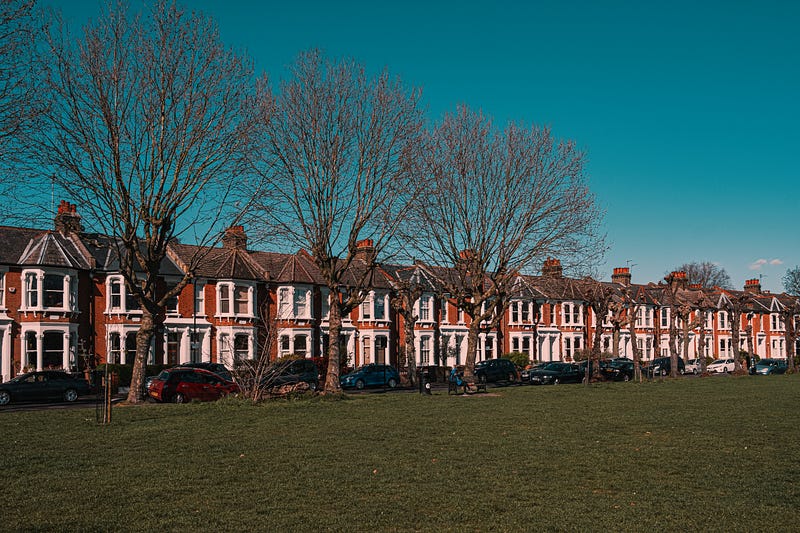A Discussion of Bourgeois Equality Chapter 36 “And the Dutch Bourgeois was Virtuous”
Nearing the end of Part 5, which is concentrating on the rise of bourgeois in the 1500s and 1600s, Dr. McCloskey is focusing on the Netherlands. Last chapter she gave some of the historical reasons bourgeois virtues were able to take hold there at that time.
In this current chapter, she is diving deeper into their society to show how they had a fuller grasp of virtues than the one dimensional prudence-only worldview many of us hold now.
McCloskey has explored virtue ethics in some of her earlier chapters.
Our One-Dimensional Lens Distorts Our Understanding
Her first point is how today’s historians and other academics look at the Dutch society at that time and interpret their motivation to be prudence — a simple cost and benefit analysis. They are ruling out other virtues for motivation, like justice or love or charity, because the world they are existing in is largely prudence-only motivated.
The first large bourgeois society in Northern Europe was well known for its charity. Yes, but was the ethical emphasis merely a show? Surely the Dutch of the Golden Age didn’t actually carry out their painted and poemed project of the virtues? Surely the bourgeois then as now were mere hypocrites… (p. 337)
McCloskey is here to tell us, no, they were not. Modern writers are casting their biases onto the historical Dutch.
She cites historian Anne McCants as dismissing “a compassionate motivation” for the wealthy to pay into programs for the poor because it would not be “rational.” (p. 339) By rational, she has adopted the one dimensional Max U view of humanity where everything is reduced to dollars and weighing of their costs and benefits.
Essentially altruism is only an illusion that people pretend exists.
They do not take care of the poor because of a sense of justice or Christian love of their fellow man but instead because doing so may keep them from rising up in rebellion or because I could need the help some day if things go wrong.
Everything is reduced to self-interest.
But then why did other societies not have similar poor laws if this is so obviously a self-interested policy? McCloskey notes that London at that time gave little to the poor. Scotland resorted to beatings to deal with those out of work! (p. 342)
The charity was no small matter. It was unusual in the European context and it is hard to see as prudence only. It might not be spiritual love, true agape. But neither is it prudence dissembling in sweet words, mere greed in disguise. (p. 343)
Who is Erasmus?
She again shares some history new to me (really, not as hard to do as it should be).
Erasmus had an important influence of creating a tolerant Protestantism in the Netherlands as opposed to the more rigid Calvinism in other parts of Europe.
She cites work from Charles Wilson that shows the importance of this strain of religious thinking.
In its Dutch version, Calvinism ‘was held in check,’ wrote Charles Wilson, ‘by the cautious Erasmian obstinacy of the ruling merchant class. Liberty of thought in a remarkable degree, was preserved. Europe…was to owe an incalculable debt to the Erasmian tradition and to the dominant class in the Dutch Republic by whose efforts it was protected.’ (p. 344)
Interestingly, McCloskey notes John Locke, whose philosophy about limited self-government influenced the founding of the United States, spent five years in Holland “in fearful exile” before returning to England. (p. 343) While there he absorbed the Erasmian “liberty of thought” which later shows up in his writings that influence the ideas that lead to the US.
Locke had absorbed in Amsterdam, Utrecht, and Rotterdam the results of the country’s liberal thought and practice from Erasmus through Episcopius and De La Court to Bayle. (p. 343)
The next chapter will explore the tolerance of Holland because of its embrace of the virtues beyond just prudence. While she notes their tolerance may not seem tolerant enough by today’s standard, and it had its ups and downs, it was way more tolerant than other places at that time.
Reference: McCloskey, Deirdre Nansen, 2016. “And The Dutch Bourgeois was Virtuous,” Chapter 36of Bourgeois Equality, The University of Chicago Press.




